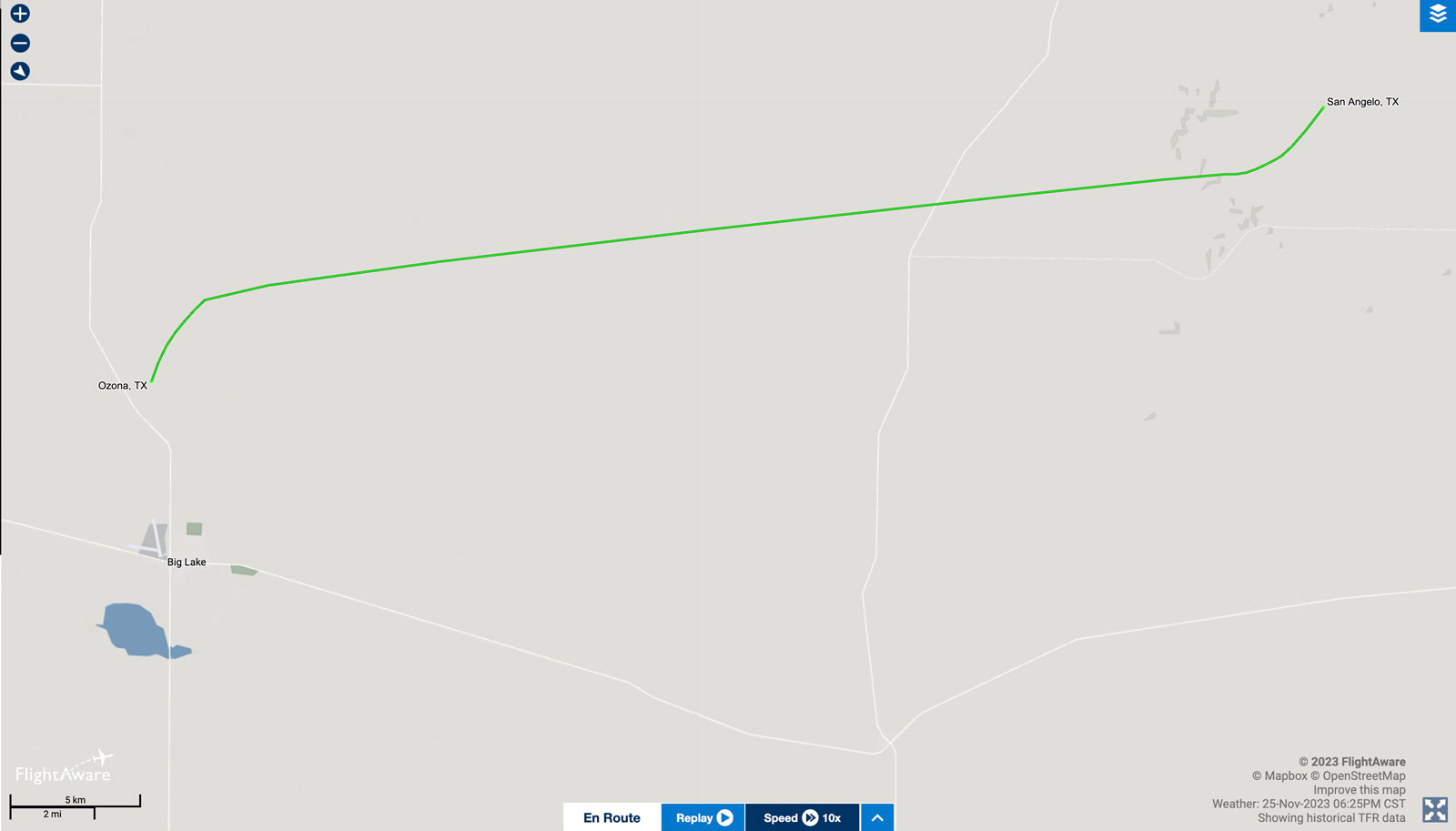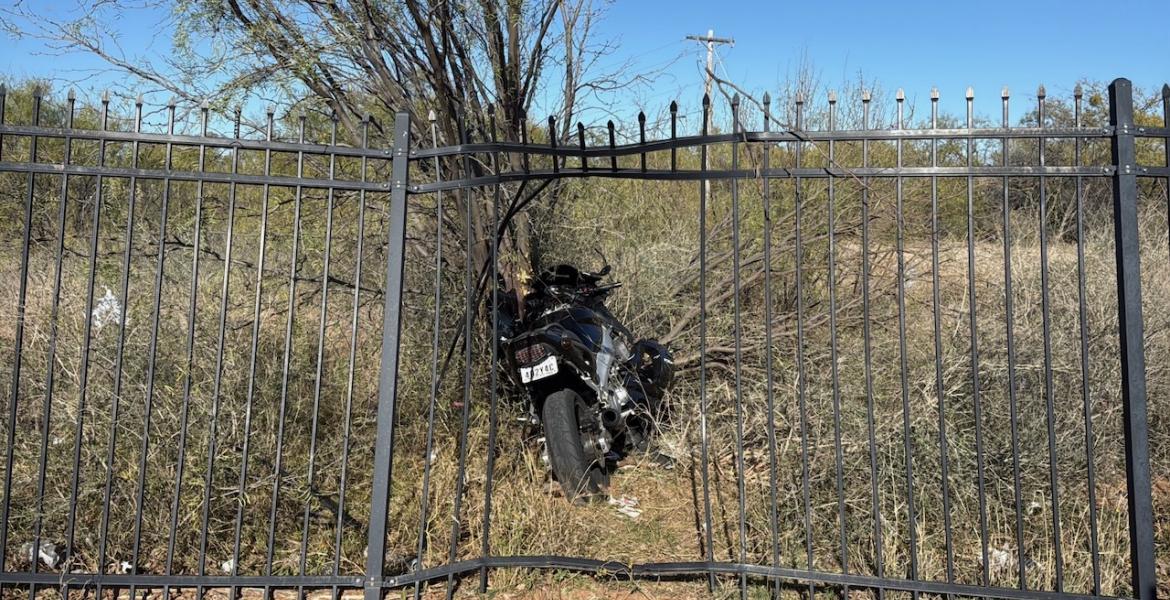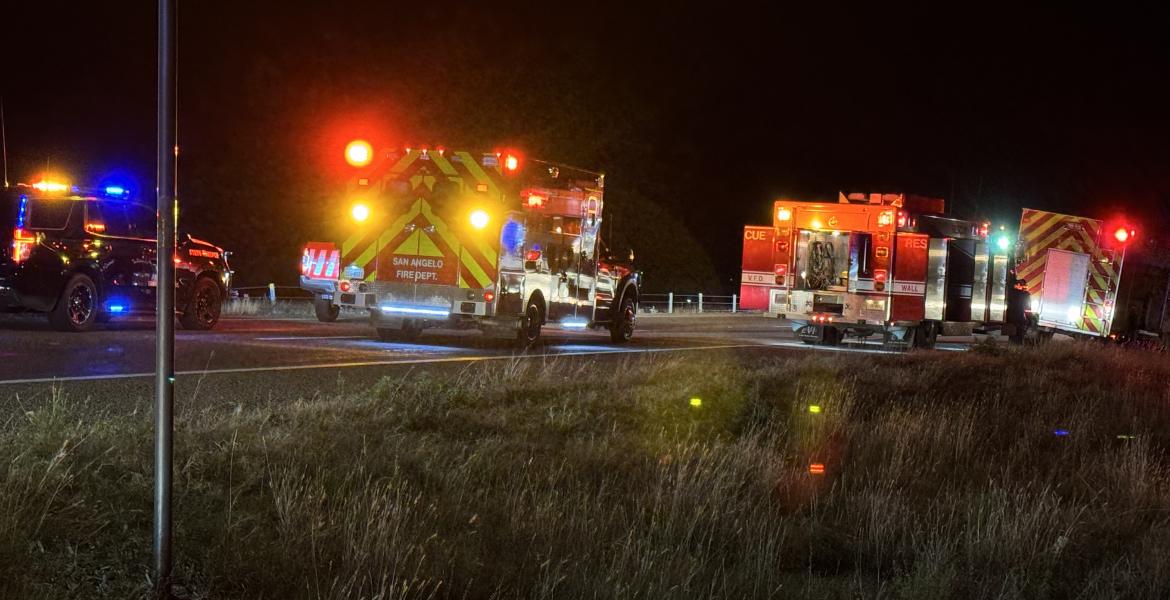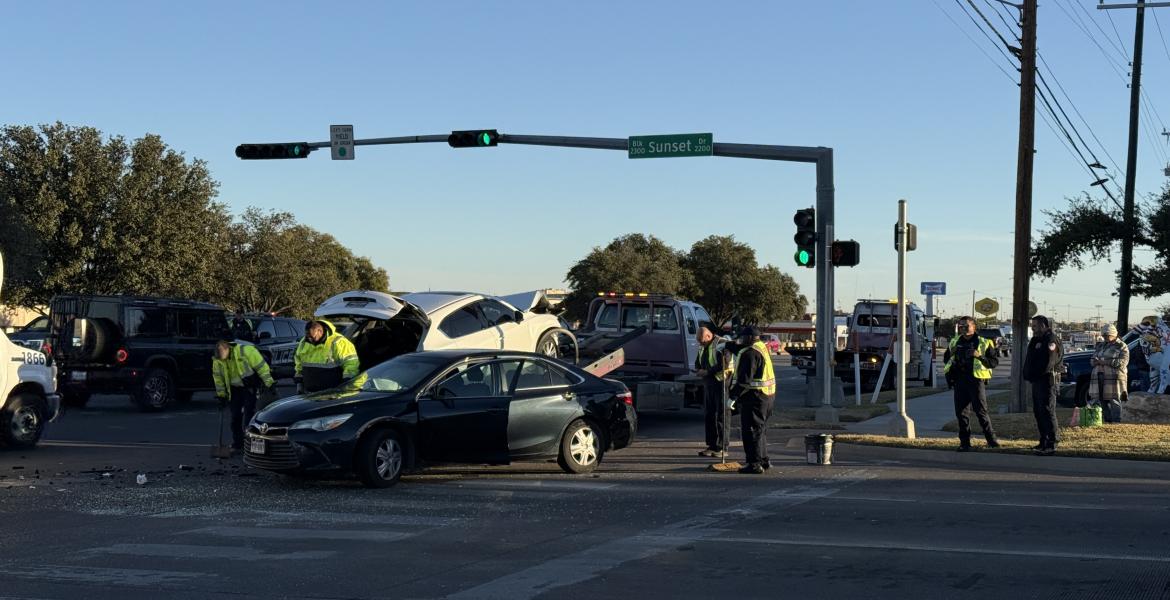MERTZON, TX — Residents of Mertzon were shaken on Sunday morning upon learning of a plane crash north of the town, off County Road 411. The National Transportation Safety Board (NTSB) crash database identified the aircraft as a 1964 Piper PA-28 Cherokee, equipped with a 180 hp Lycoming engine. This fixed-gear, general aviation aircraft can accommodate four people, including the pilot. Initial reports of the crash surfaced on Sunday morning, but recent information indicates that the tragic event actually occurred on Saturday evening, November 25, 2023, approximately 40 minutes after sunset.
The aircraft's ADSB flight data revealed a busy schedule on the day of the crash. Departing from Las Cruces at 10 a.m., it arrived in Fort Stockton at 1:58 p.m. After refueling, the plane headed to Reagan County Airport in Big Lake, landing there at 3:39 p.m.
Remote airfields and low-altitude flights often pose challenges for consistent flight following by air traffic control. In this case, it is uncertain whether the pilot had established contact with Midland Approach or Fort Worth Center for flight following, given the known limitations of radio signals at low altitudes in this region.
The first recorded signal from the plane's transponder after takeoff from Reagan County Airport was detected on the upwind side of Reagan County's runway 34 at 6:20 p.m., after nightfall. The aircraft was at an altitude of 3,500 feet above mean sea level, merely 1,000 feet above the ground in an area with an elevation of about 2,500 feet. The final signal received from the plane's transponder that night was at 6:35 p.m. about 10 miles northwest of Mertzon over County Road 410 at 1,000 feet AGL (410 and CR 411 are close together, generally).
Nighttime flights in single-engine aircraft inherently carry risks, such as engine failure. Unlike multi-engine planes that can fly with one engine, single-engine aircraft like the Piper PA-28 rely solely on glide distance in case of engine failure. With a glide ratio of about 7:1, the PA-28 had limited options for an emergency landing, especially in the dark, unlit terrain with potential ground obstructions like power lines, guy wires, and ditches. The fixed landing gear of the PA-28 also increases the risk of snagging and breaking up upon ground contact.
Assuming the aircraft was refueled at Reagan County, it likely had over 40 gallons of high-octane 100 LL gas onboard at the time of the crash, given its 48-gallon capacity and a burn rate of 12 gallons per hour. This full fuel load would add weight, reduce glide distance in an engine-out scenario, and increase the risk of fire upon impact. Conversely, if the pilot did not refuel the plane in Reagan County, each wing tank holds about 2 hours of fuel. If the pilot did not switch to the other tank and the engine quit due to fuel starvation, the pilot had seconds to react.
The flight path suggested that the destination was San Angelo’s Mathis Field. The Federal Aviation Administration (FAA) confirmed the heartbreaking loss of three lives in this crash on Monday.
Ownership records from the FAA aircraft registry reveal that the plane was part of a partnership, with Alyse Marie Sanchez of San Antonio listed as one of the partners.

Piper Cherokee PA-28 N7763W on the ramp during the mid-2000s. Photo by Javier Vera.

The ADSB flight path of Piper Cherokee N7763W, showing a probable takeoff from Reagan County and a flight path headed towards San Angelo's Mathis Field.
Subscribe to the LIVE! Daily
Required






Comments
Listed By: N8 Abilities
Final "flight".
- Log in or register to post comments
PermalinkPost a comment to this article here: